Bauhaus Diaspora and Beyond: Transforming education through art, design and architecture
The Miegunyah Press, $64.99 pb, 288 pp
Bauhaus Diaspora and Beyond: Transforming education through art, design and architecture by Philip Goad et al.
Amid all the hoopla surrounding the centenary in 2019 of the Bauhaus – naturally more pronounced in Germany – it is gratifying to see such a fine Australian publication dealing with the international influence of this short-lived, revolutionary art and design teaching institute. Bauhaus Diaspora and Beyond – written by Philip Goad, Ann Stephen, Andrew McNamara, Harriet Edquist, and Isabel Wünsche – explores the Bauhaus and its influence in Australia.
Walter Gropius established the Bauhaus in Weimar in 1919. It moved to Dessau in 1925 (Mies van der Rohe became director in 1930), and thence to Berlin in 1932. A year later the Nazis shut it down. It had lasted for just fourteen years, and some of the instantly recognisable designs – notably the Bauhaus building itself, the flat-topped residential architecture by Gropius, and the tubular steel furniture by Marcel Breuer – were designed over an even shorter period (1925–28). In addition to those already mentioned, Josef Albers, Marianne Brandt, Wassily Kandinsky, Paul Klee, and László Moholy-Nagy are just some of famous artists connected with the Bauhaus.
Continue reading for only $10 per month. Subscribe and gain full access to Australian Book Review. Already a subscriber? Sign in. If you need assistance, feel free to contact us.




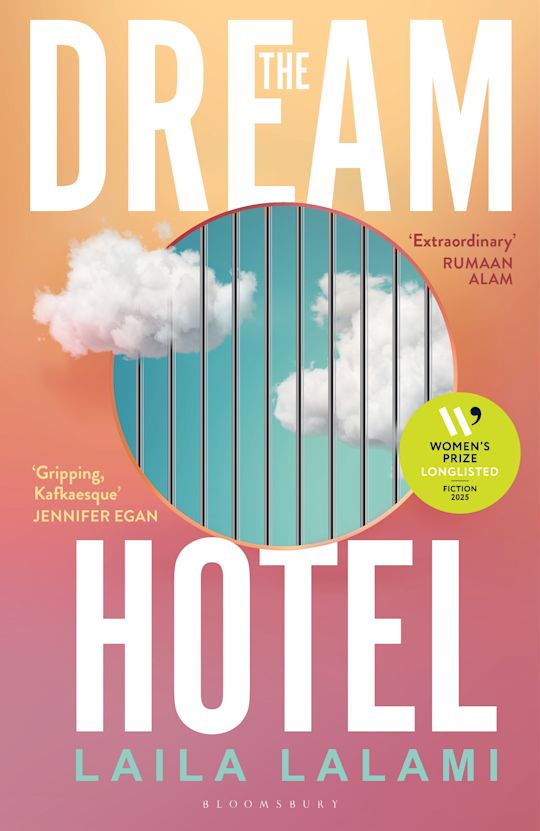
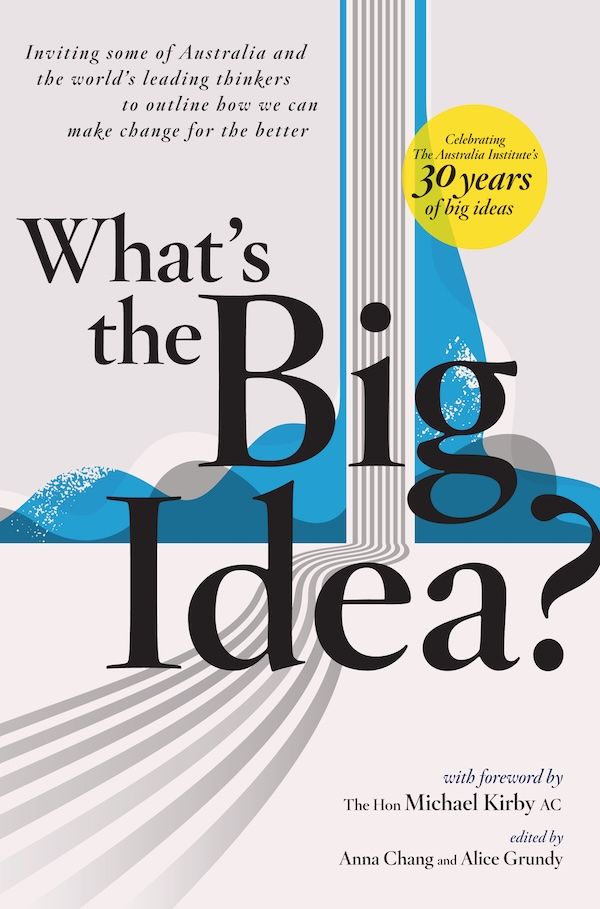
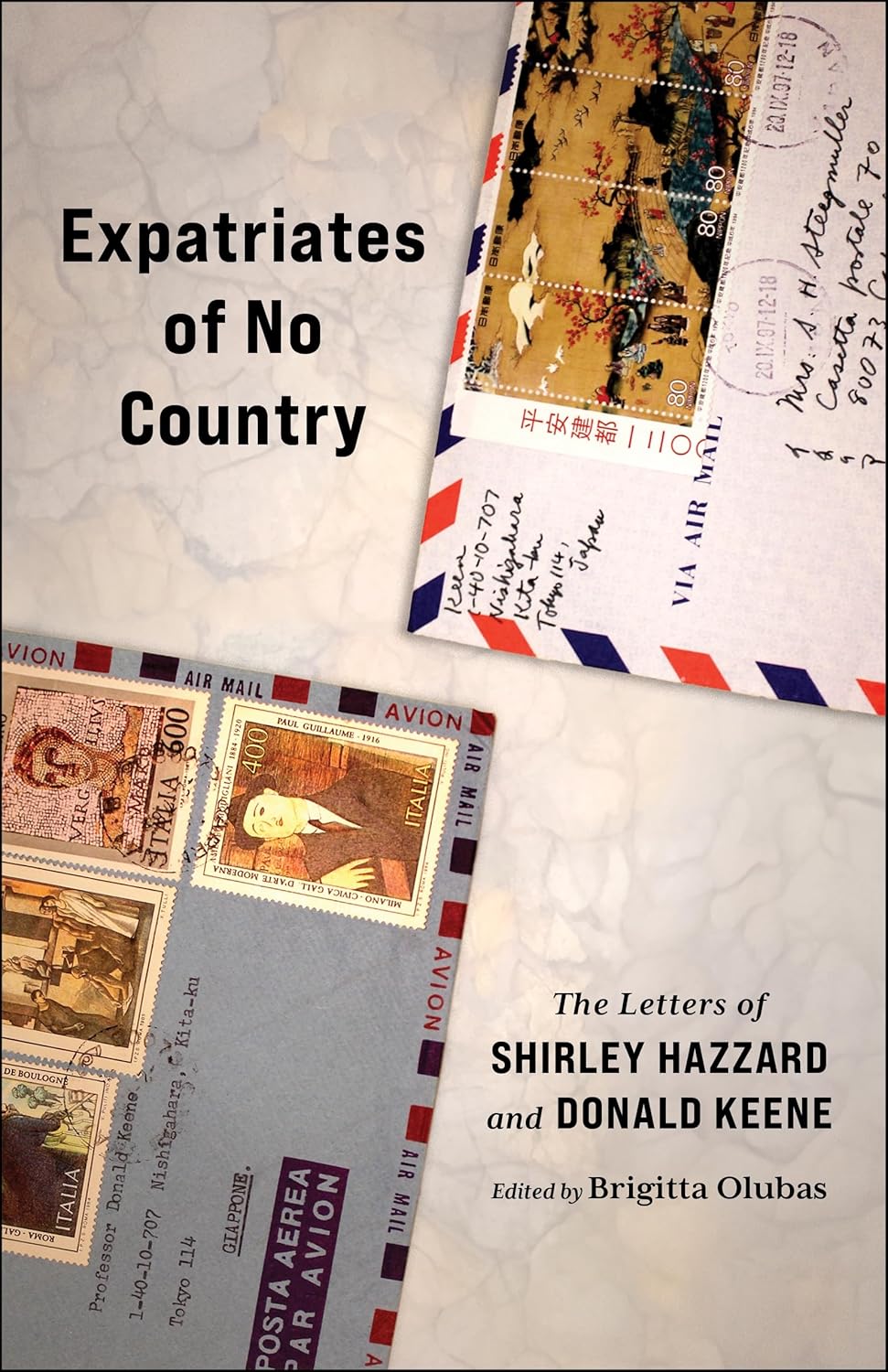
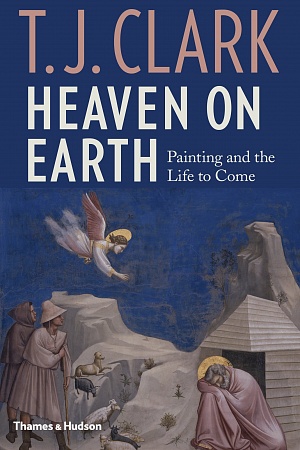
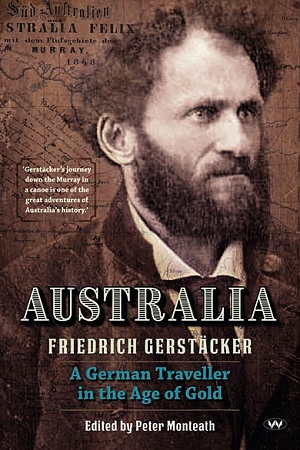

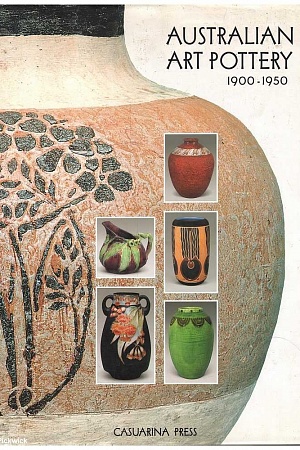




Leave a comment
If you are an ABR subscriber, you will need to sign in to post a comment.
If you have forgotten your sign in details, or if you receive an error message when trying to submit your comment, please email your comment (and the name of the article to which it relates) to ABR Comments. We will review your comment and, subject to approval, we will post it under your name.
Please note that all comments must be approved by ABR and comply with our Terms & Conditions.